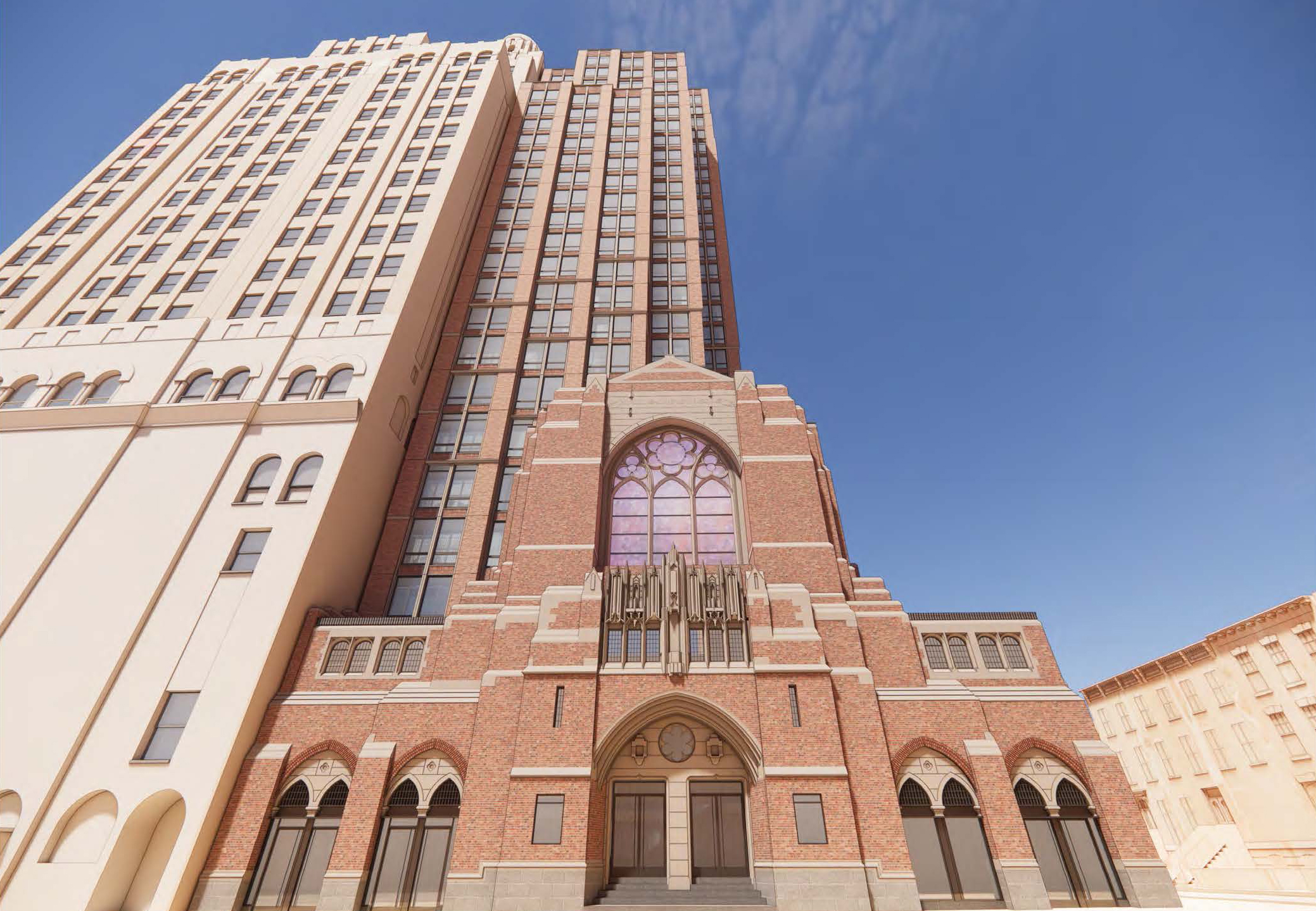A Lawsuit Dooms a Condo Sale
The Times has a story about how a woman trying to sell her condo at 53 Boerum Place had a deal with a would-be buyer for $100,000 less than what she paid for it in 2007 but it fell through after residents filed a lawsuit against the building’s developer in late February. Residents of the…


The Times has a story about how a woman trying to sell her condo at 53 Boerum Place had a deal with a would-be buyer for $100,000 less than what she paid for it in 2007 but it fell through after residents filed a lawsuit against the building’s developer in late February. Residents of the building, which is six years old and developed by On Prospect Park’s Mario Procida, hired two engineering firms to study the building. One firm “reported that the building needed roughly $500,000 in work, including finishing incomplete brickwork,” while the second “reported even more deficiencies, including leaks in the parapet wall and missing wall ties and joint reinforcements that drove the cost past $4 million.” While the developer says he stands by his product, the woman trying to sell her unit was not able to close on the deal even though she says she’s had no problems with her condo; her broker says the suit is “killing all the owners as far as selling.”
How a Building Dispute Can Sink a Sale [NY Times] GMAP





Brokelin hit the nail on the head: “Yes, all buildings need work over time. But brand new buildings *shouldn’t* need extensive work immediately. This isn’t natural wear, but developers cutting costs.” I’m tired of seeing and hearing about so many new construction defects that sometimes i just want to get out of this market and move into an old farmhouse. When a buyer purchases new construction at a very high rate, they should not even have to think about major defects. Perfection? of course not, but somebody has to regulate the means of inspections and construction methods WAY BETTER than have been the status quo here. There are too many developers who continue to cut corners because they know they can get away with it for the most part. My buildings been in litigation for a couple years now and all I see are the lawyers fees and new assessments…and many more years of litigation? Why? WTF? If it’s proven that there is faulty engineering and poor construction not done to spec. CASE CLOSED, developers and architects-either pay up or lose your license. But all everyone does it point fingers at somebody else.
“why, with the technology and know-how of modern times, does new construction not hold up whether it be physically or aesthetically?”
Okay, the second half of this question is meaningless, but as to the first half- compared to what?
Part of it is that the new technology means we can build stuff with a tighter margin of error, meaning that when something fails, it fails all the way, part of it is that you’re basing your comparison on the stuff that’s still around from the past, so it’s not a fair fight, and part of it is that the old stuff didn’t hold up either; how much of your old house is the same as when it was built? A lot of stuff gets swapped out.
Also, a lot of what is around is former luxe construction, which isn’t what we’re talking about. This place looks like a shitbox, and a lot of ye olde shitboxes out there are either torn down or in pretty sad shape.
“beautiful classic looking building on the outside”
Are you looking at it through a cloud of cracksmoke? Whuh?!?
this will get settled. i think it’s probably going to see some sort of kick in money from developer.
FSRG is not acquainted with the facts of the case, thought i agree with him/her generally. There were actual parts of the construction drawings never built, and spec was not adhered too. Roof and parapet joining area missing substantial and typical work usually done. This is not usual wear and tear and is quite real.
I agree with DIBS that new construction is “buyer beware” as well as with those who’ve added that this applies to ALL purchases of real estate. Human nature being what it is, I doubt that shoddy construction and cost-cutting are anything new. IMO one big advantage of old houses is that the worst defects caused by poor construction are likely to have been corrected over the years. If they weren’t corrected the building will not be available for sale because it probably collapsed years earlier. Survival of the fittest applies to buildings too 🙂
Having been thru this myself, in a rehabbed older building, what will happen is the developer will get sued, and he will probably settle for an amount of money that will not fix all the problems.
Then there will be an assessment, and the building will get fixed. Probably take a couple of rounds of construction, and assessments, and a decade. Then the building will be fine for twenty years.
I seriously doubt brownstones didn’t have problems when they were ‘new construction’. Hell, they hadn’t even invented silicone caulk then 🙂
brokelin: bold statement
“I only feel sorry for these buyers for being naive and uninformed about the realities of new construction.”
There is only so much info an engineer can find out when they do their run through. Aparently you have all the answers. So your advice never buy new or old???? Great job thanks for giving us your insight into buying realestate
Yes, all buildings need work over time. But brand new buildings *shouldn’t* need extensive work immediately. This isn’t natural wear, but developers cutting costs.
And yes, you have to be aware, as developers are in it to maximize profit, not to finish off their buildings well. Which is why I’d never buy in a new building. Give it a few years first to see what problems arise first.
I only feel sorry for these buyers for being naive and uninformed about the realities of new construction. Those that were, anyway. Many know the risks, and buy anyway, as they have the remedy of a lawsuit after the fact, as they’ve done here. People do choose the risks and benefits, and architecture and aesthetics, they prefer – and for some, that leads to a willingness to deal with the problems of old buildings, for others, the problems of new ones.
You also have to be careful when looking at old buildings that have been gut renovated and redeveloped – often they are left unfinished by developers, too. When I was looking at such condos and coops, that seemed to be the universal warning of people I knew who had bought them. But the problems tend to be less than those found in brand new construction.
Which isn’t to say older developments don’t need extensive work sometimes. But usually you get more of a clue about the work that needs to be done from your inspector and perusing the board minutes about work being considered. You go into new construction with a greater lack of information.